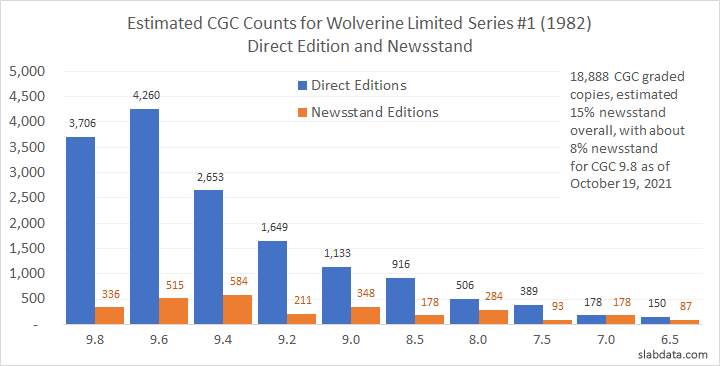Before the introduction of the direct market in the late-1970s, every comic book was a “newsstand” edition. Comics published from the 1930s to the late-1970s were all newsstand editions, which meant three things: 1) They could be returned for credit if they didn’t sell by a certain date, 2) They were not ordered according to demand, but according to distributor processes, and 3) both serious and casual comic collectors obtained copies of identical comic books, since all books were newsstand editions.
With the introduction of the direct market, comic book publishers were able to supply comic shops with exactly the number of copies of each book that the retailer purchased. Additionally, in exchange for a discount on the price of each comic book, the direct edition books could not be returned for credit. Comic shop owners could decide which books would sell best, which books would be good to keep in the back issue inventory, and which books they didn’t want to purchase at all.

Read the full article for free on GPAnalysis.com.